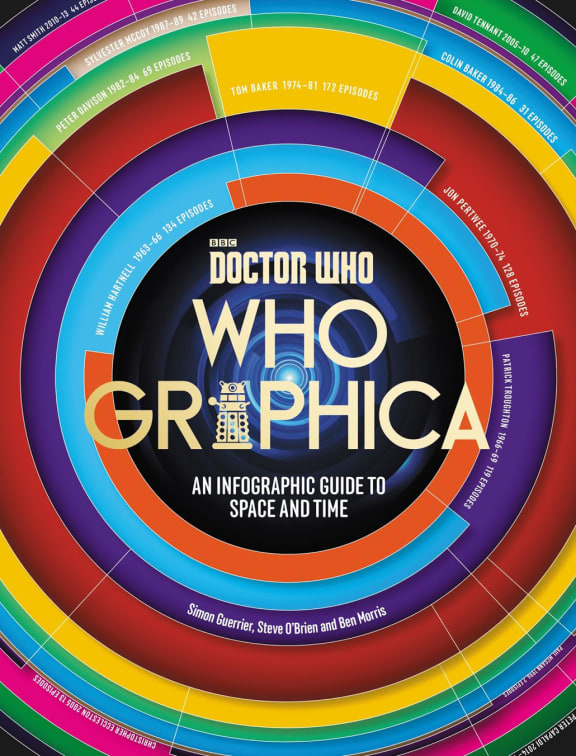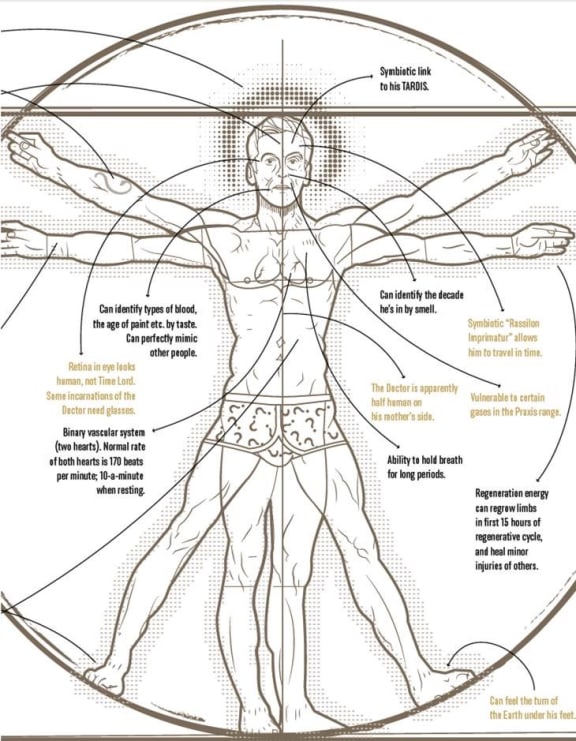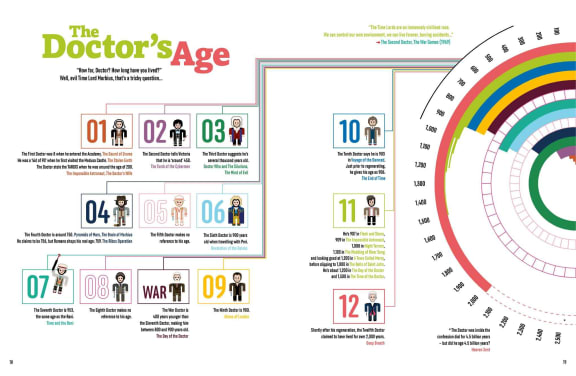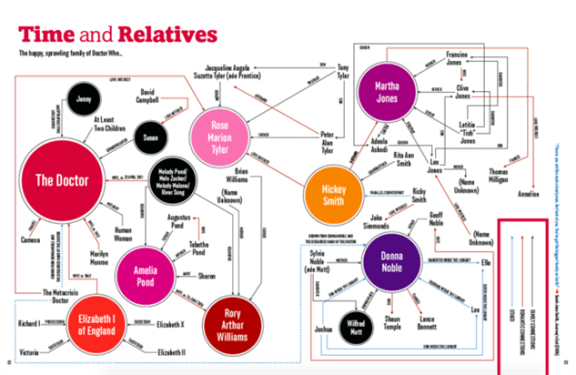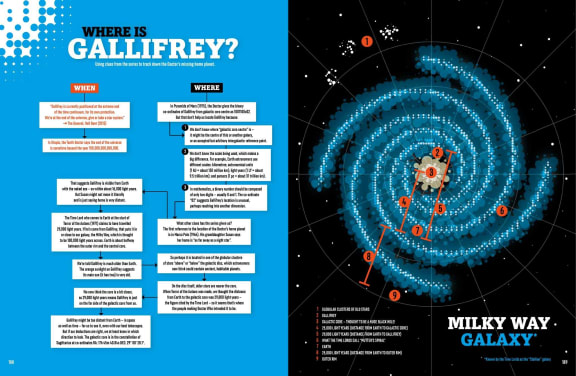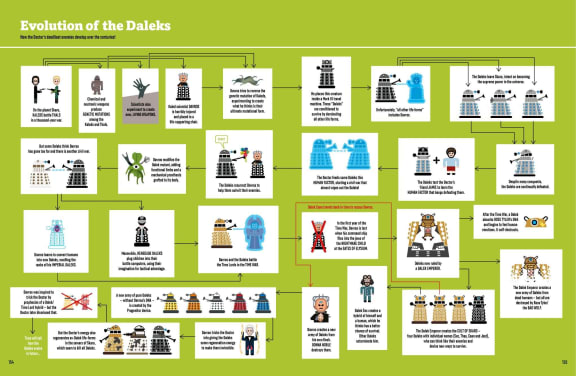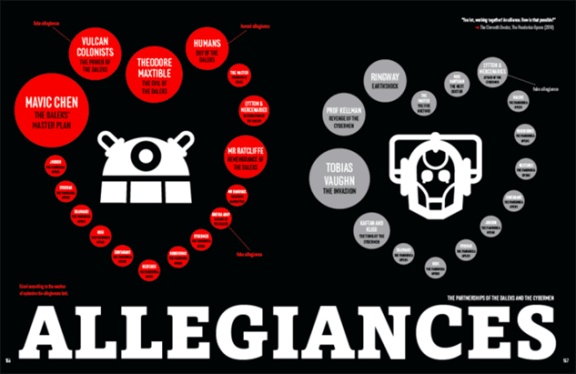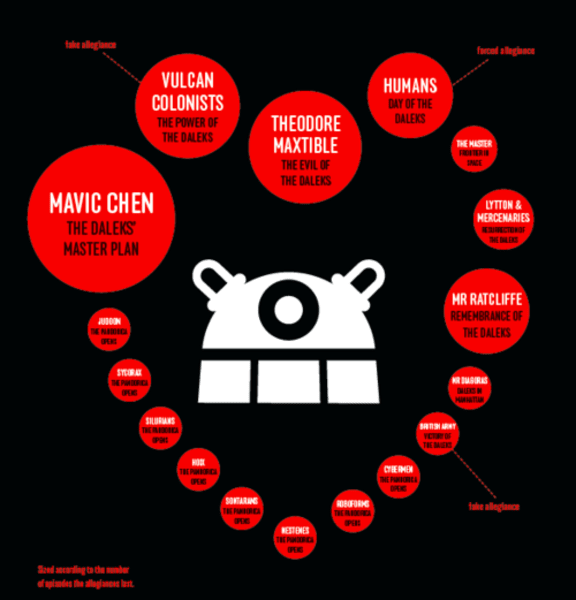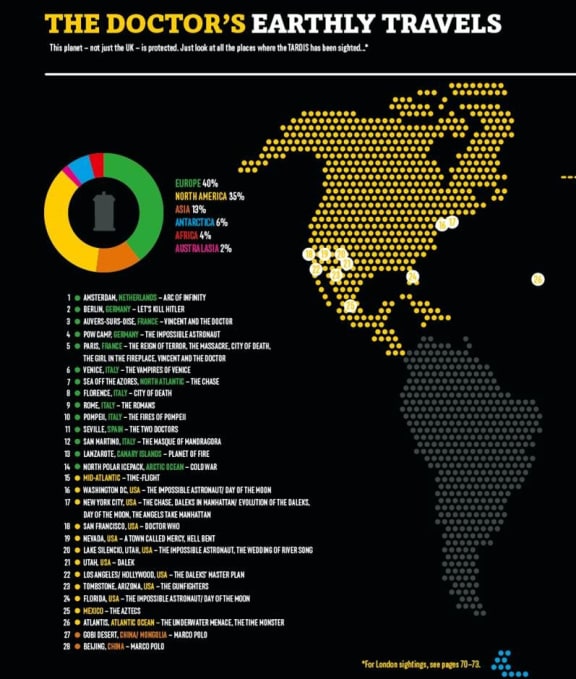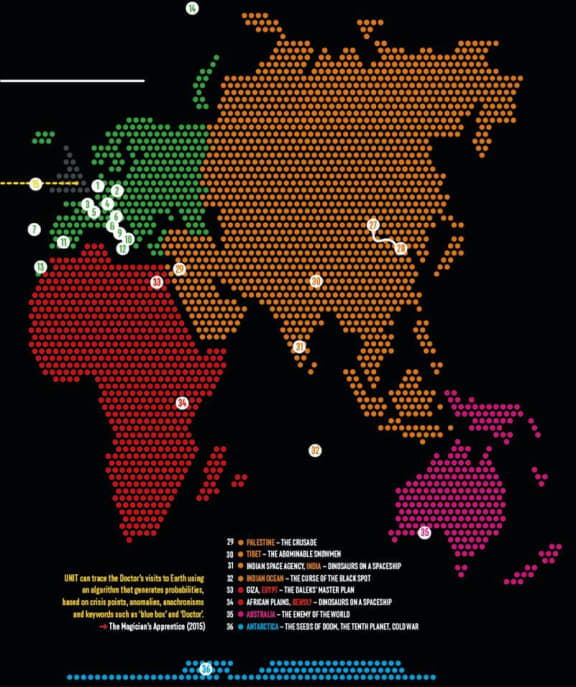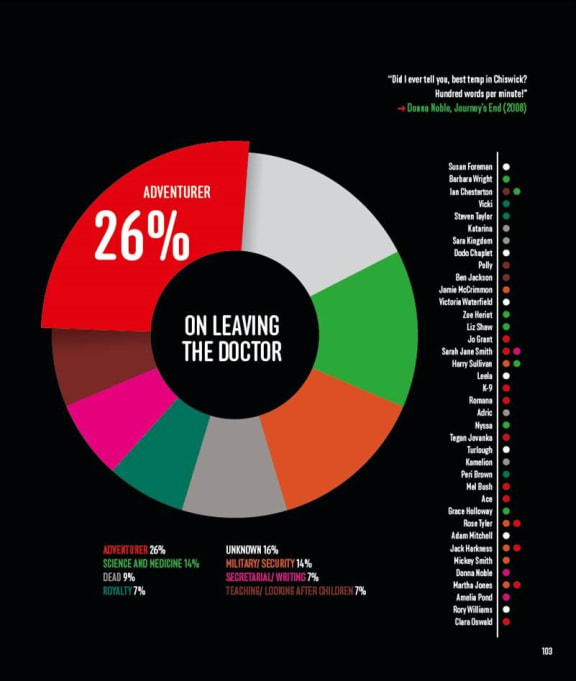For those hungry for the hard facts behind the time and space traveling adventures of a certain Gallifreyan Time Lord, help is at hand.
British science fiction author Simon Guerrier has written countless Dr Who books. His latest, Whographica, written with fellow Whovians Steve O'Brien and Ben Morris, uses infographics and visualisations to illustrate some ridiculous facts and fill in some gaps.
“Me and Steve, we live this stuff, this is a window into our brains. It’s nice to get it out there, and get it out of my head!”
Guerrier, a self-described “classically-trained nerdy Dr Who fan”, says despite being an expert on the Doctor and his world, there were new things to discover.
He even took night classes in astronomy to better help him understand the Whoniverse.
“I was one of those students who was never any good at science at school and did my best to ignore it.”
This newfound knowledge has allowed the authors to pinpoint – the Doctor’s home planet, Gallifrey.
“We think if you look out towards the constellation of Sagittarius it’s on the far side of the middle of the Milky Way - we provide the coordinates in the book.”
So what else can the committed Whovian glean from the book?
The evolution of the daleks and their odd allegiances, particularly with the cybermen. Daleks made their first appearance on Dr Who in 1963 and have been an audience favourite ever since.
“They really put Dr Who on the map, and every time they come back you see a spike in ratings.”
Also, did you know the Tardis (Time And Relative Dimension In Space) appears in all but nine episodes of the series?
Dr Who’s script writers have proven remarkably prescient, says Guerrier, with early episodes featuring videophones, icecanos (yes, they’re a thing) extinction by meteor strike and computers talking to other computers down a phone line.
And what does he believe is the enduring appeal of Doctor Who?
“It makes the ordinary world much more interesting and much more strange and peculiar.”
